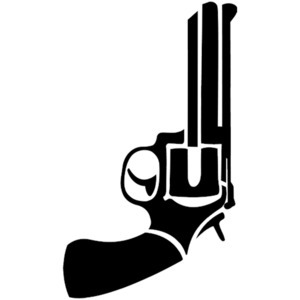We've seen some of the worst acts of mass violence in American history this summer.
That's why I wanted to bring on an expert in active shooter situations to give some insight into what causes these events and how they might be prevented. There are few people with a better understanding of the situation than the person who created the FBI's research program on active shooters: Katherine Schweit.
She literally wrote the book on how to stop the killing.
Schweit created the FBI's definition of "active shooter." While most media or activist counts for "mass shooting" focus on how many people are shot or killed, the FBI doesn't have an official definition for the term. Instead, it focuses on identifying people who attempt to carry out random public shootings regardless of whether they are successful.
That makes it narrower than most definitions used by major media outlets, which incorporated many gang or crime-related shootings, but broader than definitions from the Associated Press or Mother Jones that focus on mass shootings where the attacker is able to kill many people. Schweit said that was the goal of her approach since it gives an opportunity to study trends that appear among those who attempt these attacks.
She said nearly all of the active shooters the FBI has profiled over the past decade are young men. Most use handguns. And most are triggered by a combination of different stressors such as financial distress or social ostracization.
Shcweit said the FBI's research has identified ways that shootings can be prevented. She said a big part of the solution is for people to speak up when they notice the warning signs somebody may be spiraling toward violence. She even explained a recent example where a co-worker successfully stopped a likely attacker after he threatened to carry out an attack.
Plus, Contributing Editor Paul Crookston joins the show to talk about the flood of post-Bruen lawsuits.
